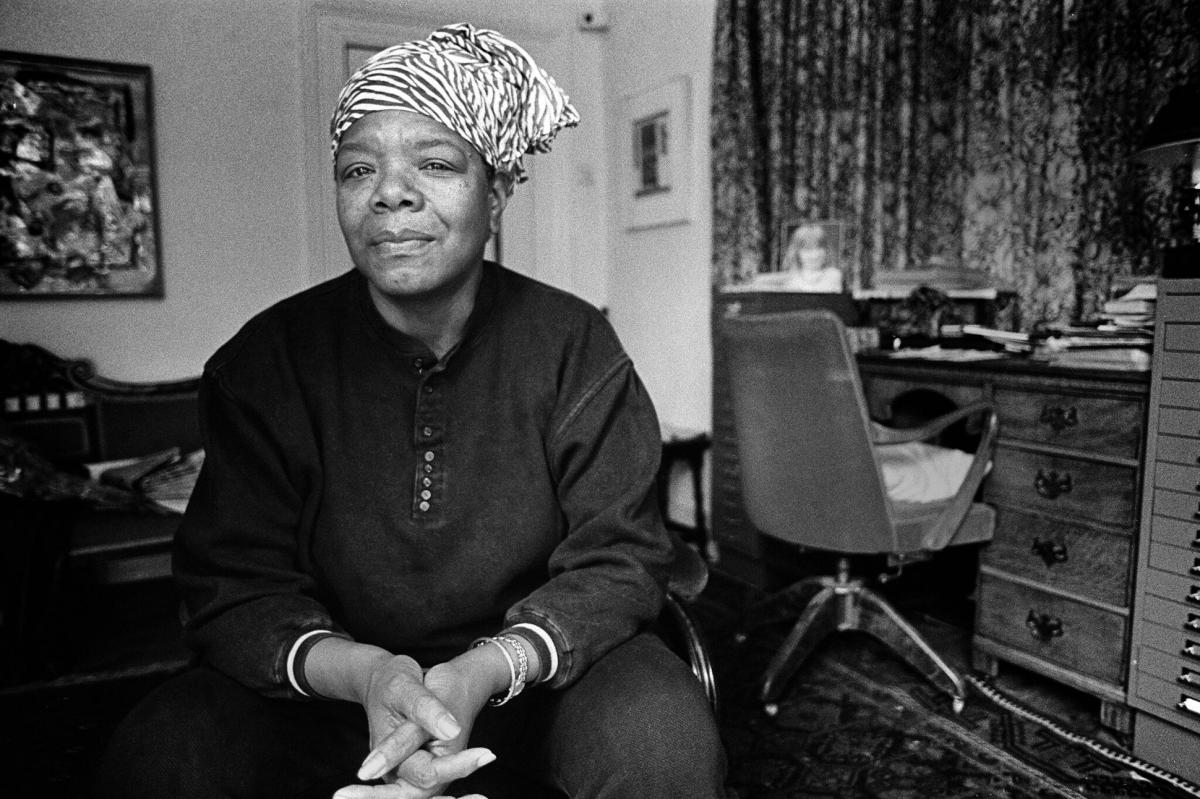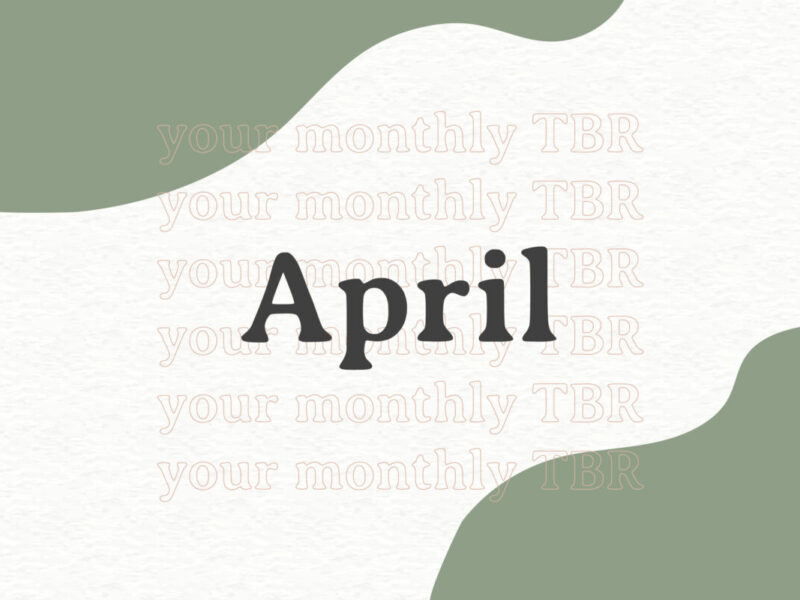I remember studying James Baldwin and how he recognized his responsibility as a writer and artist to witness the world as it stands—to raise questions and bring awareness to the need for conversation. I can only assume the goal of such conversation is resolution—or in many cases revolution. The Civil Rights Movement of the 1960s brought forth many artist-revolutionaries, using their work to protest systems requiring change, including poet Maya Angelou. Though Maya Angelou’s work spans past The Civil Rights Movement, her poetry has always been revolutionary, especially her famous poem, “Caged Bird”, in which she explores the liberation of black people from slavery. The “free bird” she writes about represents liberated people celebrating their independence and can be found in the fifth stanza:
The free bird thinks of another breeze
and the trade winds soft through the sighing trees
and the fat worms waiting on a dawn bright lawn
and he names the sky his own.
The revolutionary act of creating art explores the depth of the human experience and our shared experiences. Art is an opportunity to document our societal history just as much as it is an opportunity to express emotion and explore trauma. Later in “Caged Bird,” Maya writes both about the spark of The Civil Rights Movement and her traumatic experience with rape in her early years. She explores the idea that even in our freedom, the cage of racism and inequality burdens our communities:
But a caged bird stands on the grave of dreams
his shadow shouts on a nightmare scream
his wings are clipped and his feet are tied
so he opens his throat to sing.
The Civil Rights Movement not only declared the need for basic human rights, but also for economic rights. Poverty was not a foreign concept in the ‘60s; many black communities were not permitted access to well-paying jobs and often suffered an abundant amount of racism at work. And many artists, whether they were masters of their craft or not, explored this narrative in their work, seeking to understand the interconnectedness of reality and circumstance. The black community is still subjugated to segregation and poverty today, and Maya set out to explore both of these systemic issues in her 1971 poem “Harlem Hopscotch.”
In the air, now both feet down.
Since you black, don’t stick around.
Food is gone, the rent is due,
Curse and cry and then jump two.
Here in stanza two, she describes the reality of those living in poverty in a persistent system that creates a pattern out of people.
Angelou was not the only artist to document the impression that The Civil Rights Movement left on everyone, especially artists. If we look at moments in history, we don’t have to look far to find the art created to reflect and respond to society at that time. When looking at art created during the Jim Crow Era, the work that comes to mind is that of Gordon Parks and his photojournalist portrait titled “American Gothic.”
Faced with racism in the segregated south, he set out to document older African Americans that were willing to share their daily experiences with these injustices. The inspiration for “American Gothic” came when he met Ella Watson who was working at the Farm Security Administration in DC. “American Gothic” ultimately depicts her with her broom in hand, standing somewhat begrudgingly in front of the American flag. The image serves as a parody of Grant Wood’s iconic painting “American Gothic.” Works like Gordon’s and Maya Angelou’s that show the turbulent times of the Civil Rights Era—stories of turmoil in the south told through the lens of a black artist allow people of any race to connect with the human experience of liberation.
Maya Angelou took lessons that she learned from the works of Fredrick Douglass to conceive her own understandings of the realities she was faced with. Where Douglass wrote first-person lines like: “I’ve stood on the burning deck” or “I took the lash,” Maya saw third-person narratives that replaced each “I” in Douglass’s lines with “we.” She knew that the experiences Douglass wrote about were not solely told from his perspective, but from his community.
In an interview with Manufacturing Intellect, Maya went on to say that she writes from the human perspective as well and that courage is the foundation for action and change. The admiration she held for Martin Luther King Jr. and Malcolm X came out of her respect for their courage. Finding herself in the depth of her black experiences she understood that, “A black person grows up in this country knowing that racism will be as familiar as salt to the tongue and also can be as dangerous as too much salt.” Racism in America is almost unavoidable, as was Segregation. With her understanding of the social and psychological oppression of black lives throughout the country, especially in the south, Maya created classic pieces of literature that identified the issues subjugated to black people in America and explored solutions through storytelling, while folding the experiences of the people around her into the understanding of a community.




